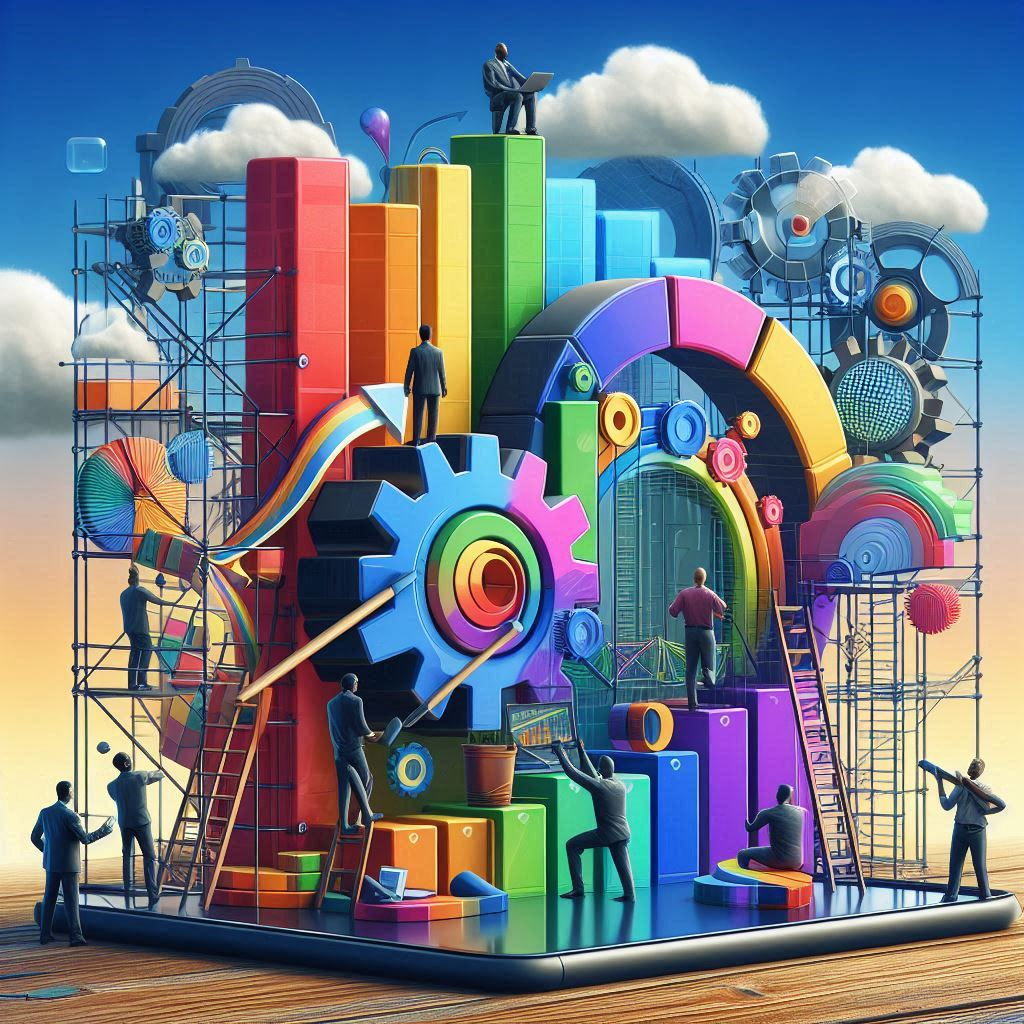Now that we’ve established the need for a partner program, the obvious next question is, how do I go about building a partner program, or for more developed ISVs, how do I update my existing program?
Start with the end in mind. Like any good partner strategy, building or enhancing an ISV partner program begins with defining the program type and setting clear goals. The first step is to determine the primary partner types you want to focus on. These could include resellers, solution partners, managed service providers (MSPs), ISV technology partners, original equipment manufacturers (OEMs) or system integrators.
What story does the data tell you? Once you’ve identified your target partner types, it’s crucial to analyze data from your existing partnerships. Review performance metrics (ARR, sourced ARR, new logos, etc.), identify trends in successful partnerships, and examine revenue contributions, deal sizes, and win rates. Don’t forget to evaluate partner-led customer satisfaction and retention rates, as these are key indicators of long-term success. In addition, it’s important to meet with your top partners to understand their perspectives and get the story behind the data so that you can use that as a blueprint for partner success.
Identify your Ideal Partner Profile (IPP). As we’ve discussed in prior articles, creating or updating your IPP is critical to success. Using the insights from your data and partner interviews, develop and/or refine your IPP. This profile should define the characteristics of high-performing partners, including company size and maturity, geographic presence, industry focus, complementary offerings, sales and technical capabilities, and cultural alignment. The IPP will serve as a guidepost for your recruitment efforts and program design.
Set goals for your program. With your partner types identified and IPP in hand, set specific program objectives. These should be clear, measurable goals aligned with your overall business strategy. Include revenue targets (both overall and by partner type), market expansion goals, partner recruitment targets based on your IPP, customer acquisition or retention objectives, and product adoption goals.
Partner Programs are a team sport. Ensure you have buy-in from internal stakeholders. Engage leadership, sales, product, and customer success teams to align on the program type, goals, and resource allocation. Clearly define roles and responsibilities for program support across the organization.
Leverage data insights to create or modify program tiers. Having well-defined program structure allows you to differentiate your partners and to lay the framework for benefits that motivate the desired behaviors. Develop a tiered system that aligns with your chosen program type(s) and defines clear criteria for each tier based on IPP characteristics and performance metrics. Design partner benefits tailored to each partner type and tier, focusing on value-adds that drive mutual success. Create targeted onboarding processes and enablement plans for each partner type, including training and certification programs aligned with partner roles.
Recruit and expand to enhance program leverage. Implement a recruitment strategy that leverages your IPP for targeted outreach. Use the profile to identify and prioritize potential partners, and develop campaigns focused on high-potential candidates. Establish a structured evaluation process with a scoring system to objectively assess potential partners against your IPP.
Measure for success. Set up robust performance tracking mechanisms. Implement a Partner Relationship Management (PRM) solution that supports your specific program type(s) and can track relevant KPIs for each partner type. Define success metrics aligned with your program goals and create dashboards for real-time performance monitoring.
Finally, plan for continuous improvement. Conduct regular data analysis, including quarterly reviews of partner performance. Use these insights to refine your IPP based on emerging success patterns. Establish feedback loops through regular check-ins with partners of each type, and use these insights to continuously refine your program elements.
By focusing on program type definition, thorough data analysis, and leveraging an Ideal Partner Profile, you create a more targeted and effective partner program. This approach allows for better resource allocation, more successful partner recruitment, and a higher likelihood of achieving your business objectives through partnerships. In my next article, I’ll talk about program guide structure including tiering considerations.
DiStasio Consulting Group offers partner business development services with a focus on partnership strategy, ecosystem-led growth and partner program development. We specialize in fostering strategic AI, technology, channel and cloud partnerships to drive business innovation and growth.
Schedule a free 30-minute consultation and take the first step towards unlocking your business’s potential through the power of partnerships.






